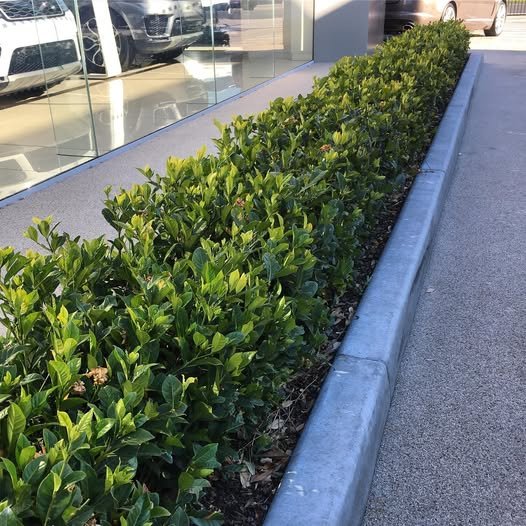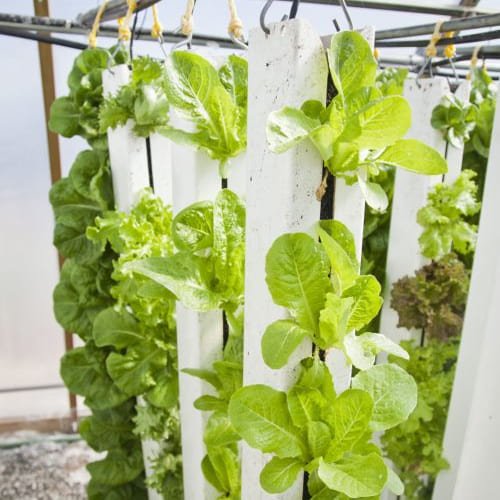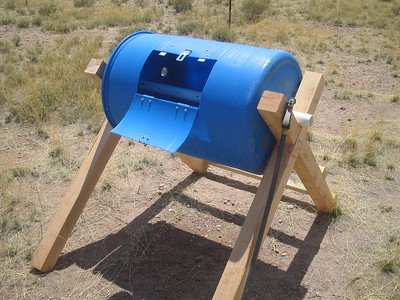If you love fragrant, lush greenery in your garden, you might be wondering whether gardenia makes a great hedge. With their glossy green leaves and intoxicatingly fragrant blooms, gardenias are undoubtedly stunning plants.
But do they check all the boxes for a reliable hedge?
Let’s dive deep into the world of gardenia hedges and see if they’re the right fit for your garden.
Why Consider Gardenia for a Hedge?

Gardenias are best known for their beautiful white flowers and mesmerizing scent. But beyond that, they offer dense, evergreen foliage that can provide privacy and structure to your garden. Here’s why some gardeners consider them for hedging:
- Aesthetic Appeal – The deep green leaves create a beautiful contrast against their creamy white flowers, making for an eye-catching natural fence.
- Fragrance – If you enjoy the delightful scent of gardenias, imagine a whole row of them in bloom! Your yard will smell like a dream.
- Evergreen Nature – Unlike deciduous plants that lose their leaves in winter, gardenias stay green year-round, ensuring constant coverage.
- Compact Growth – Some varieties, like ‘Radicans’ or ‘Miami Supreme,’ grow in a compact, bushy manner, which is ideal for hedging.
- Attracts Pollinators – Gardenias are loved by bees and butterflies, making them a great choice for pollinator-friendly gardens.
The Challenges of Growing it as a Hedge
While gardenias offer plenty of perks, they aren’t the easiest plants to maintain, especially when used as a hedge. Here’s what you should consider before committing:
1. They’re Picky About Conditions
Gardenias thrive in warm, humid climates (USDA zones 8-11). If you live in a cooler region, they might struggle or require extra protection during winter.
They also need well-draining, acidic soil with a pH between 5.0 and 6.5. If your soil is too alkaline, you may need to amend it with sulfur or peat moss to keep your gardenias happy. Regular soil testing is recommended to ensure the right balance.
2. Prone to Pests and Diseases
Gardenias are susceptible to pests like aphids, scale, and whiteflies, as well as fungal diseases like powdery mildew and root rot. If you’re planning a long hedge, keeping all those plants healthy can be a bit of a challenge. Regular inspections and organic pest control methods, such as neem oil, can help manage these issues.
3. Slow and Uneven Growth
Unlike fast-growing hedge plants such as privet or boxwood, gardenias tend to grow at a moderate pace. Some varieties are compact, while others may become a bit leggy if not pruned correctly. If you’re looking for an instant hedge, gardenias might require patience.
4. High Maintenance Needs
Between fertilization, pruning, and pest control, gardenia hedges require consistent care. They are not a ‘plant and forget’ type of hedge. Without proper attention, they can become sparse, yellowed, or fail to bloom properly.
Best Gardenia Varieties for Hedges
Not all gardenia varieties are suitable for hedging. Here are some of the best options:
- Gardenia jasminoides ‘Radicans’ – A dwarf variety that stays low and dense, great for short hedges or borders.
- Gardenia ‘Veitchii’ – A compact shrub with prolific blooming, ideal for creating a well-maintained hedge.
- Gardenia ‘August Beauty’ – Grows 4-6 feet tall and is a great choice for a medium-height hedge.
- Gardenia ‘Miami Supreme’ – Produces large, showy flowers and reaches up to 6 feet, offering good coverage.
- Gardenia ‘Kleim’s Hardy’ – A variety that is more cold-tolerant than others, making it a good choice for borderline climate zones.
How to Grow and Maintain it
1. Choose the Right Location
Gardenias need full to partial sunlight—around 4-6 hours of direct sunlight per day is ideal. Too much shade can lead to fewer flowers and leggy growth. If you live in an area with intense afternoon sun, planting them where they receive morning sun and afternoon shade can help prevent scorching.
2. Soil Preparation
Make sure your soil is well-draining and rich in organic matter. If your soil is heavy clay, consider planting gardenias in raised beds or amending the soil with compost and pine bark. Mulching around the base of the plants can help retain moisture and suppress weeds.
3. Proper Spacing
For a dense hedge, plant gardenias 2-3 feet apart. This ensures they grow together while still having enough airflow to prevent fungal issues. If you want a looser, more natural-looking hedge, spacing them 3-4 feet apart is an option.
4. Regular Pruning
To maintain a neat hedge shape, prune your gardenia hedge lightly after flowering. Avoid heavy pruning in late fall, as it may reduce blooms for the next season. Regular deadheading of spent flowers can encourage new blooms and keep the hedge looking fresh.
5. Watering and Feeding
Keep the soil consistently moist but not soggy. Overwatering can lead to root rot, while dry conditions can stress the plant.
Feed gardenias with an acidic fertilizer (like one formulated for azaleas and camellias) to promote healthy growth and flowering. Applying liquid seaweed or fish emulsion can also boost plant health.
6. Winter Protection
In colder regions, gardenias may need protection during the winter. Adding a layer of mulch around the base can insulate the roots, and covering plants with burlap can help prevent frost damage.
Is a Gardenia Hedge Worth It?
So, should you go for a gardenia hedge? The answer depends on how much effort you’re willing to put in. If you’re after a fast-growing, low-maintenance hedge, gardenias may not be the best choice. But if you’re drawn to their unparalleled beauty, fragrance, and evergreen charm, and you don’t mind a little extra TLC, a gardenia hedge could be a breathtaking addition to your landscape.
Alternative Hedge Options
If you love gardenias but are hesitant about their care requirements, consider pairing them with hardier hedge plants like boxwood or holly. These can provide structure while allowing gardenias to shine as accent plants.
Final Thoughts
Gardenias can make a great hedge, but they aren’t for everyone. They require attention, the right conditions, and a bit of patience. However, if you’re willing to put in the effort, the reward is a stunning, fragrant hedge that adds elegance and romance to your garden.
Would you plant a gardenia hedge? Let us know in the comments!



